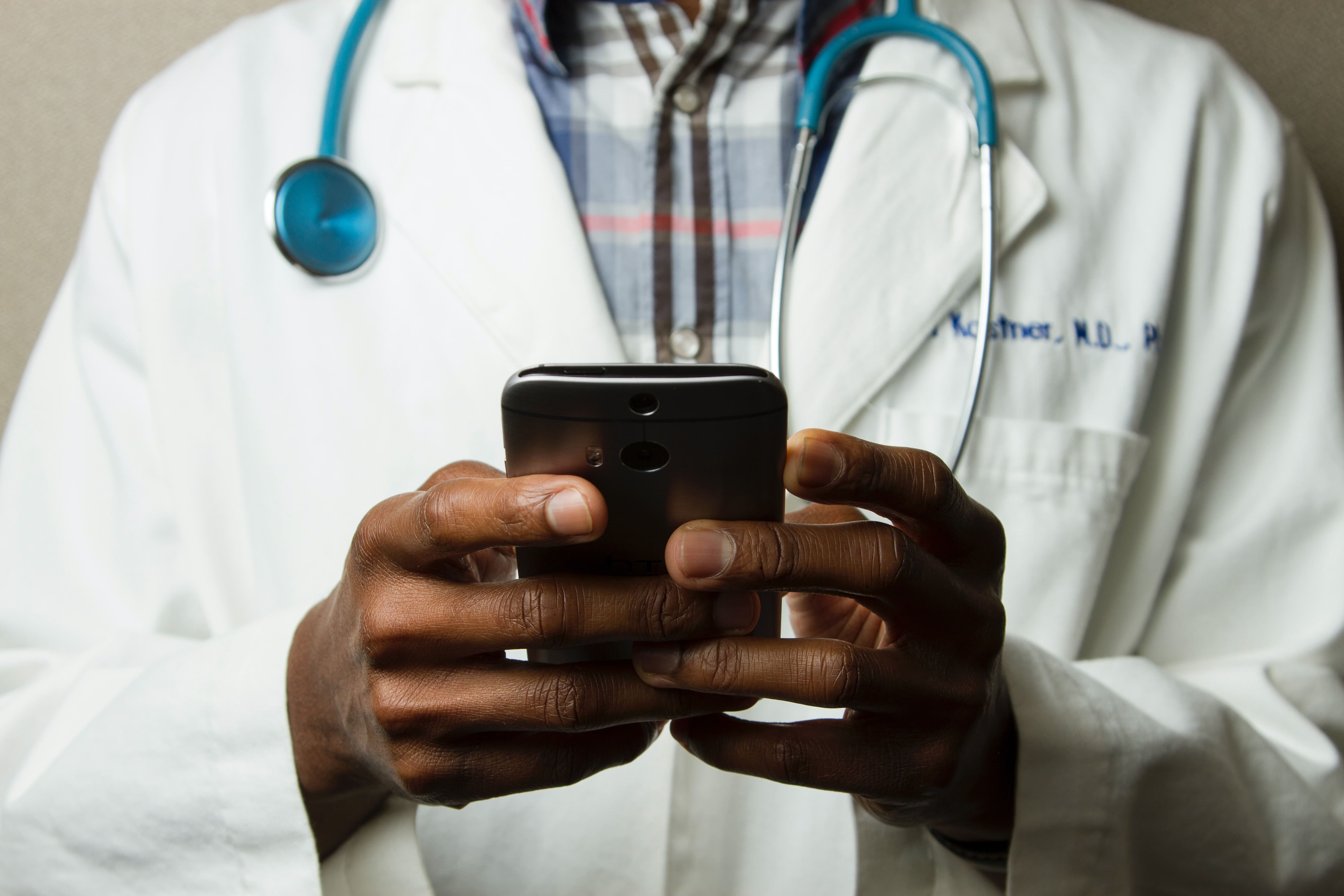The importance of remote monitoring during Covid-19
—

The Covid-19 pandemic has changed the lives of billions of people and stretched healthcare systems around the world. The sector has had to evolve rapidly to cope with the influx of Covid-19 patients whilst still providing healthcare to the rest of the population in a safe way. Interest in virtual care has naturally skyrocketed and so has the need for the remote monitoring tools which help healthcare providers manage day-to-day requirements through the pandemic.
Addressing the challenges
Changes in healthcare delivery in light of the coronavirus pandemic have brought many healthcare providers to either develop virtual care programs or create hybrid models of telehealth and in-person services. New players in the digital health space – including tele-health and remote monitoring companies as well as healthcare predictive analytics platforms – took on an unprecedented role in helping healthcare providers and started the long-waited and due to stay ‘revolution’ in patient treatment and wellbeing.
The concept of remote patient monitoring (or RPM) is not a new one and it’s, simply put, the most suitable for the social distancing challenge doctors face during the pandemic. Remote patient monitoring puts patients and doctors into a win-win situation. Cost and time reduction are the two biggest topics in healthcare digitalisation and RPM greatly reduces the time, need, and cost of frequent traveling visits to GPs and hospitals whilst allowing clinicians to keep track of a patient’s conditions and deliver services quickly as needed - overall contributing to a better healthcare funding management.
Providing healthcare for all
The Covid-19 outbreak has stretched healthcare resources to the limit and that, in turn, has neglected many patients in non-critical state. Patients with conditions such as cancer, heart disease, diabetes, kidney disease, and other chronic diseases dominate healthcare services because of the severity of the illnesses. Yet many of these patients have been unable to access adequate care throughout the pandemic due to resources being diverted to the pandemic fight. Such patients require regular monitoring to detect problems and help avoid discomfort, suffering, and in extreme cases death. Adapted remote patient monitoring is one way to address this problem and with the help of this technology doctors can continue to provide care for their patients and detect any potential issues early.
In care homes, where outbreaks have been very significant and hard to track, apps such as Hex Remote Monitoring allow to monitor a resident’s vital signs and detect key symptoms of infection early so they can be isolated and treated.
Towards a more digital healthcare system?
Due to its own nature, the technology behind remote monitoring is easy to scale and adapt to a wider population whilst still feeling very personalized. The devices are designed to be user-friendly and adjustable while the collected data can be used to create one of a kind treatment plans based on personal health metrics.
Before Covid-19, one of the main limitations was the time it took governmental bodies to approve a new technology and for the healthcare system to roll it out. The pandemic has challenged dated policies, removed past limitations and made Healthcare take a huge leap forward in treating patients digitally. It is clear the latest technologies developed to help tackle the pandemic are here to stay and will help shape the more efficient healthcare system of tomorrow.
Our role
At HexTransforma Healthcare we view this rapid healthcare digitalisation as an opportunity to improve healthcare efficiency and provide better patient care.
We are committed to helping healthcare providers reinvent their workflows and provide medical staff with the tools they need to continue delivering excellent patient care. If you’re looking for help in managing your patients remotely and improve outcome, get in touch.
